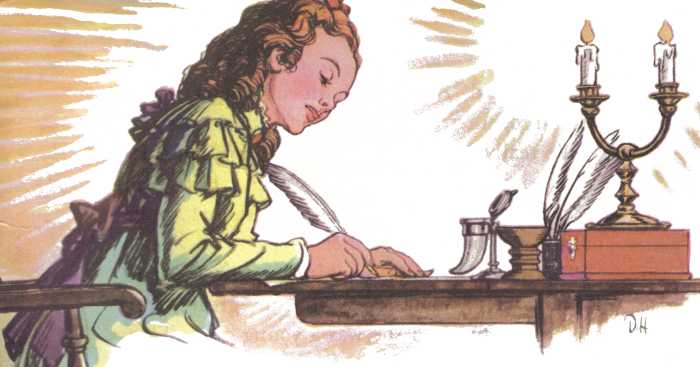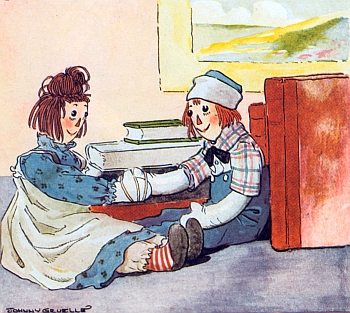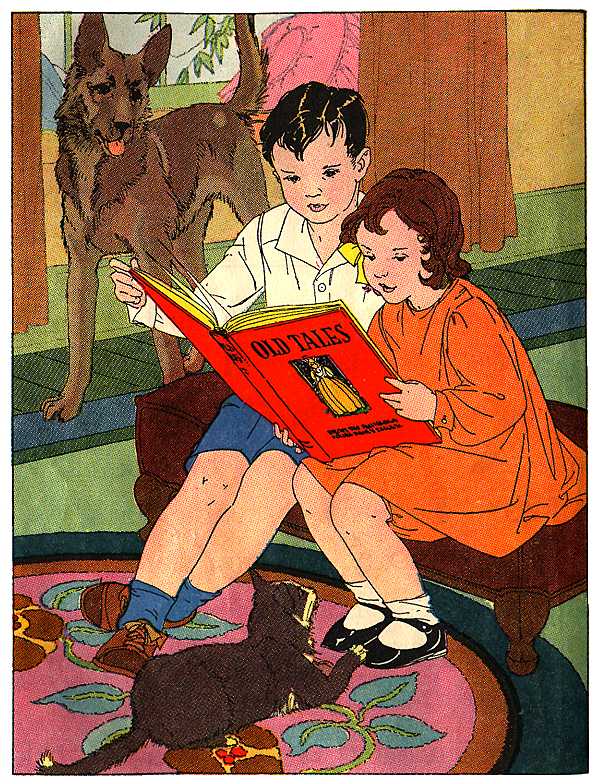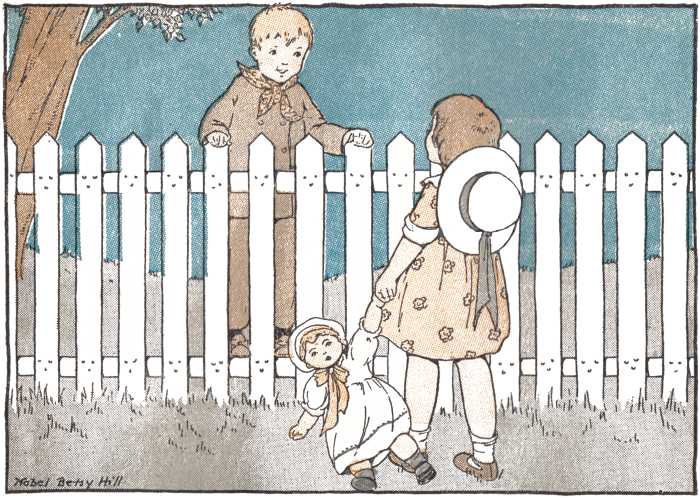With large inventories of kid-sized motorbikes, mini-ATVs, and similar products rendered worthless and unsalable under tarps or in back storage rooms, the Motorcycle Industry Council now estimates that the economic damage from the Consumer Product Safety Improvement Act in its sector of the economy alone could reach $1 billion in 2009 if Congress does not act to restore the products’ legality. Joe Delmont at DealerNews has more information on how that figure was arrived at. Two weeks ago we cited an estimate that the frozen inventory alone exceeds $100 million in value; the larger figure adds in the cost of payroll and insurance at dealerships while they wait for the ban to be lifted, lost service and accessory sales, and so forth. It apparently does not count harms to tourism and recreation sectors in parts of the country that draw a family vacation trade based on use of the vehicles (see, e.g., ShareTrails.org, Americans for Responsible Recreational Access). Since the vehicles are intended for outdoor use, the weeks leading up to and including spring — in other words, now — are ordinarily their prime selling season. Some recent coverage previously unlinked: Chico, Calif., Enterprise-Record, WDAY Fargo, N.D., Orlando, Fla. Local6, WCTV Tallahassee, Fla., Gloversville, N.Y. Leader-Herald, Kingsport, Tenn. Times-News. Forums: cpsia-central, VitalMX, Motorcycle Addicts, and many more.

The minibikes fall into a category of products for which the drafters of CPSIA made it particularly hard to obtain exemptions, namely products that concededly do contain a more than infinitesimal quantity of lead in a normal and accessible component. Yesterday, the CPSC published (PDF) its proposed rule on the subject. In it, the commission staff explain the stringent legal requirements governing such waivers, and why they often do not allow the commission to grant “common sense” waivers even where risks of harm are very low and costs of regulation are very high (pp. 7 et seq of the document, which fall on pp. 9 et seq of the PDF). In other words, the minibike dealers are out of luck unless they can convince (or persuade Congress to take the issue away from) the implacable Henry Waxman, who in turn tends to take his cue on these matters from Public Citizen and that group’s allies.
The powersports dealers aren’t the only ones stranded. At The Smart Mama, lawyer/lead testing consultant Jennifer Taggart ponders what might amount to “the end of bling” in kids’ wear. Genuine crystals by definition include lead, as do many rhinestones, although cheaper plastic imitations will more often be free of it. Trade groups have petitioned for an exemption, but given the law’s stringency (calling for the submission of peer-reviewed data, for example) it is far from clear that the commission can grant their requests. It will be easy in some quarters to dismiss the whole matter with a wave: who cares about mere embellishments, anyway?

It’s not so easy to be dismissive if you’re, say, a teacher of Irish step dancing, with a stock of performance dresses in youth sizes (quite possibly with crystals, rhinestones or sequins, since nothing picks up stage lights the way they do). That stock of costumes, which might even be your most costly asset, by law at least may now occupy the same frozen contraband category as those tarped-over new youth minibikes at the sports dealer’s. As message-boarder “GailV” put it, “The dresses are worn for about 15 minutes at a time, the possibly lead-containing parts never touch the child, but it’s still illegal.” For more on the dismay CPSIA has struck into the Irish dance apparel community, see Irish Dance Moms, Fashion Incubator Forums, and Voy Forums comments here, here, and here (“Heidi”: “Most of us would like to be successful and running legitimate (law abiding) businesses. I want to grow my business, not hide in the shadows looking for ways to circumvent the law. Besides, the jealous world of Irish dance is full of potential whistle blowers.”)
More: In comments, Jennifer Taggart reports more distress in the bling sector.
Filed under: CPSC, CPSIA, CPSIA and apparel/needle trades, CPSIA and minibikes, Henry Waxman, Public Citizen, recreation, safety














 For many other users and potential users of the technology, however, the problem has merely been kicked forward to next year in the absence of any willingness by Congress to clarify or change the law. Some discussions:
For many other users and potential users of the technology, however, the problem has merely been kicked forward to next year in the absence of any willingness by Congress to clarify or change the law. Some discussions: 